Matcha is to the tea family what diamonds are to cheap rocks: definitely belonging in the more refined category, and quite a bit more worshipped among tea devotees. No question, there are matcha lovers and those that can’t abide the stuff, the latter being the bruh-why-I-am-drinking-seaweed faction. Whether you love it, are curious, or aren’t the biggest fan, please stay with me a bit. A matcha latte—a really good matcha latte—bridges the lover/hater divide. For tips on how to craft a great one, I zeroed in on
Sorate, a bijou-size shrine dedicated to premium Japanese teas. Keep reading on for everything I learned on how to make a great matcha latte, right at home:
First, what is matcha?
Matcha is green tea leaves ground into powdered form—that’s it. Matcha boasts enormous health benefits. It’s really a warehouse stocked with antioxidants. There are 3 grades of matcha:
— Ceremonial. This is the most expensive and coveted with a smooth, silky profile. It’s also expensive; you don’t need to blow your bucks on ceremonial grade for a good matcha latte.
— Culinary. This grade is robust and, when purchased from a reputable purveyor, is still perfectly acceptable for straight-up drinking and for blending into smoothies, etc., making it perfect for matcha lattes.
— Ingredient. The most affordable option, this grade is on the bitter side, but still good for culinary uses.
How to make the best matcha latte:
Making matcha is “not just about the ingredients but also about the meticulous technique and respect for tradition,” says Silvia Mella, founder of Sorate. Don’t skip her 3 key guidelines when making your own:
— Precise measurement and proper whisking. “Measure your matcha carefully. Using a fine sieve, sift the matcha powder to ensure a smooth, lump-free mixture and precise measurement,” Mella insists.
— Make that paste. It’s crucial you make a paste with a little hot water before adding the rest of the liquid, and never use boiling water, only hot.
— Whisking technique. To acheive that frothy, vibrant green matcha latte, Mella recommends to gradually add the remaining hot liquid while whisking the matcha paste briskly in a ‘W’ or ‘M’ motion.
Tip: One can choose to bypass a sweetener, but for me it helps buff out the seaweed-forward edges a bit. Use granulated sugar, or any sweetener you prefer to use in your latte.
Made this recipe? Let us know how it went in the comments below!
Matcha is to the tea family what diamonds are to cheap rocks: definitely belonging in the more refined category, and quite a bit more worshipped among tea devotees. No question, there are matcha lovers and those that can’t abide the stuff, the latter being the bruh-why-I-am-drinking-seaweed faction. Whether you love it, are curious, or aren’t the biggest fan, please stay with me a bit. A matcha latte—a really good matcha latte—bridges the lover/hater divide. For tips on how to craft a great one, I zeroed in on
Sorate, a bijou-size shrine dedicated to premium Japanese teas. Keep reading on for everything I learned on how to make a great matcha latte, right at home:
First, what is matcha?
Matcha is green tea leaves ground into powdered form—that’s it. Matcha boasts enormous health benefits. It’s really a warehouse stocked with antioxidants. There are 3 grades of matcha:
— Ceremonial. This is the most expensive and coveted with a smooth, silky profile. It’s also expensive; you don’t need to blow your bucks on ceremonial grade for a good matcha latte.
— Culinary. This grade is robust and, when purchased from a reputable purveyor, is still perfectly acceptable for straight-up drinking and for blending into smoothies, etc., making it perfect for matcha lattes.
— Ingredient. The most affordable option, this grade is on the bitter side, but still good for culinary uses.
How to make the best matcha latte:
Making matcha is “not just about the ingredients but also about the meticulous technique and respect for tradition,” says Silvia Mella, founder of Sorate. Don’t skip her 3 key guidelines when making your own:
— Precise measurement and proper whisking. “Measure your matcha carefully. Using a fine sieve, sift the matcha powder to ensure a smooth, lump-free mixture and precise measurement,” Mella insists.
— Make that paste. It’s crucial you make a paste with a little hot water before adding the rest of the liquid, and never use boiling water, only hot.
— Whisking technique. To acheive that frothy, vibrant green matcha latte, Mella recommends to gradually add the remaining hot liquid while whisking the matcha paste briskly in a ‘W’ or ‘M’ motion.
Tip: One can choose to bypass a sweetener, but for me it helps buff out the seaweed-forward edges a bit. Use granulated sugar, or any sweetener you prefer to use in your latte.
Made this recipe? Let us know how it went in the comments below!
- Yields:
-
1
- Prep Time:
-
2 mins
- Total Time:
- 5 mins
Directions
-
- Step 1
Place matcha in a small strainer set over a large mug or matcha bowl (chawan). Sift matcha into mug. Add sugar (if using) and 2 tablespoons hot water. Whisk until matcha is dissolved, about 30 seconds.
- Step 2In a heatproof measuring cup, microwave milk until hot, not boiling. (Alternatively, heat milk in a small saucepan on stove.)
- Step 3Add most of milk to drink and stir to combine. Whisk remaining milk until frothy, about 30 seconds. Spoon some frothy milk on top of drink. Garnish with matcha.
- Step 1


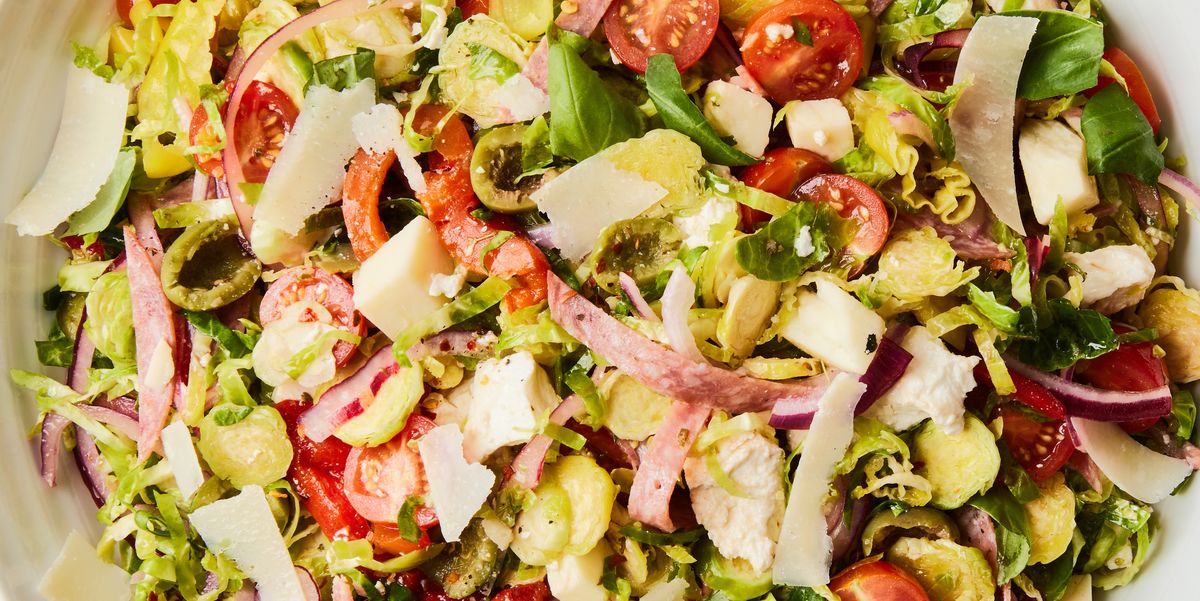

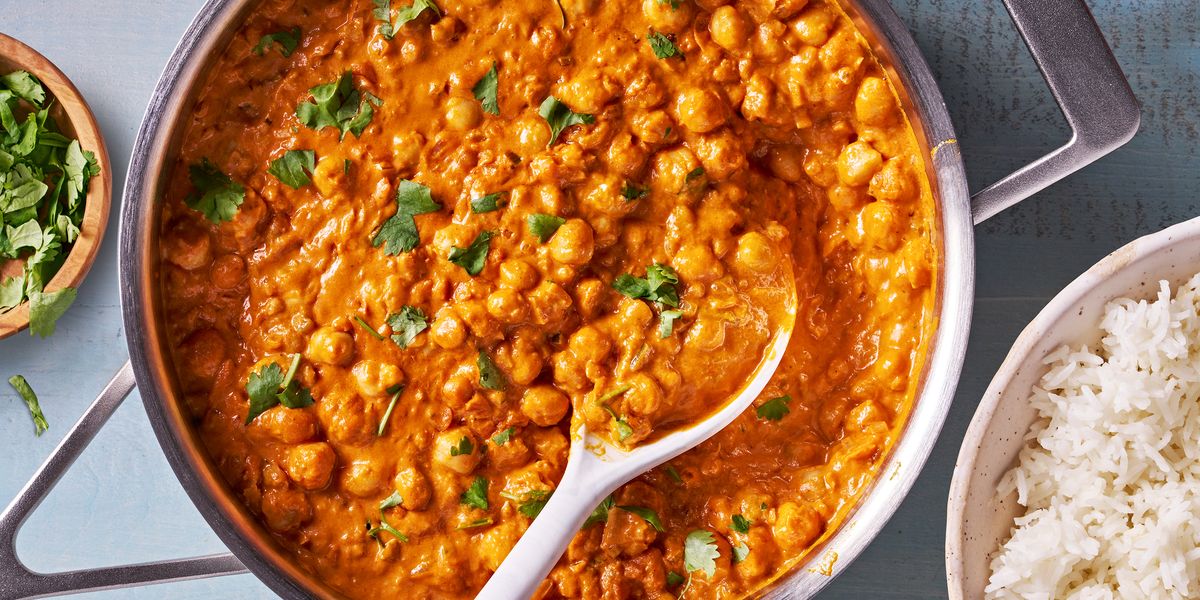

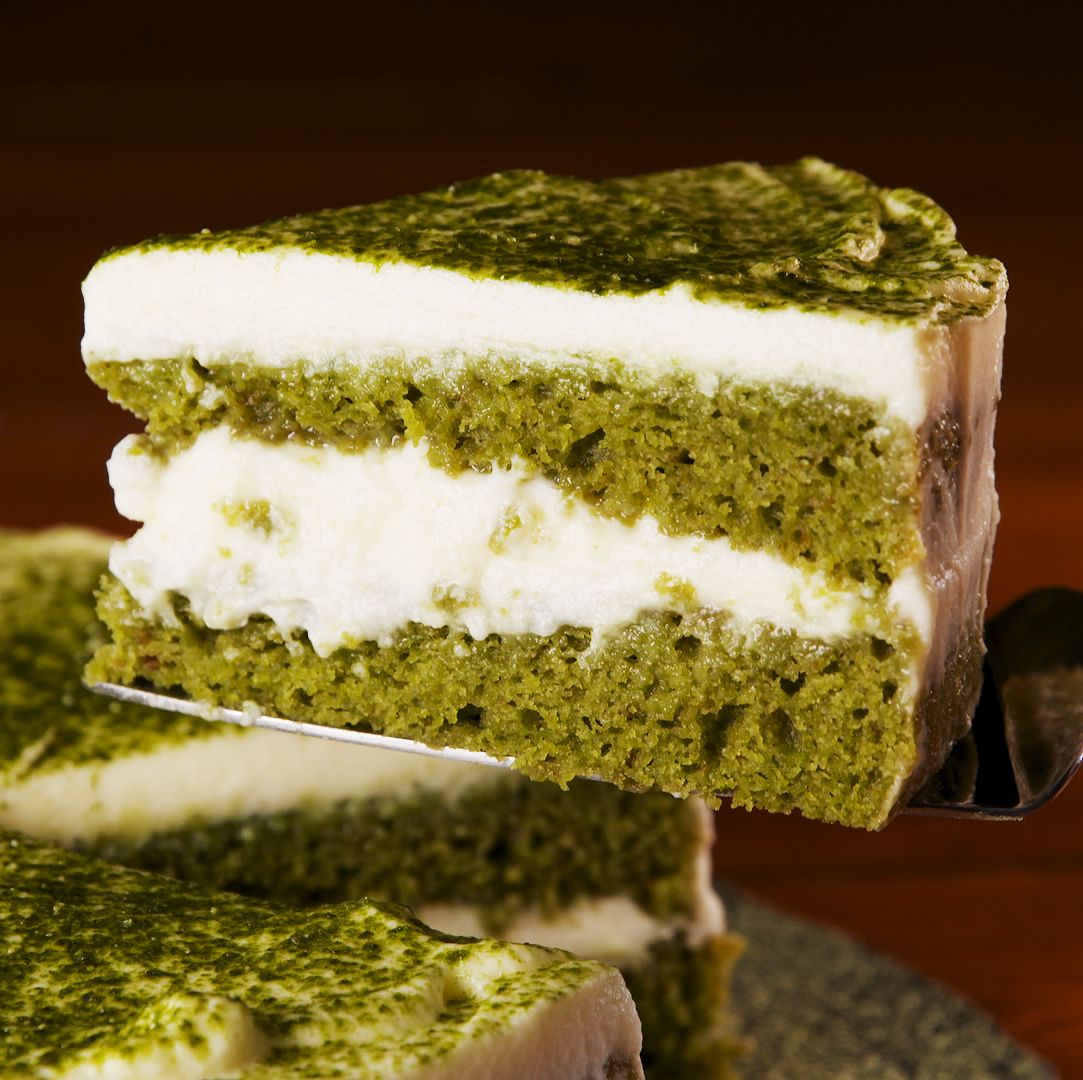






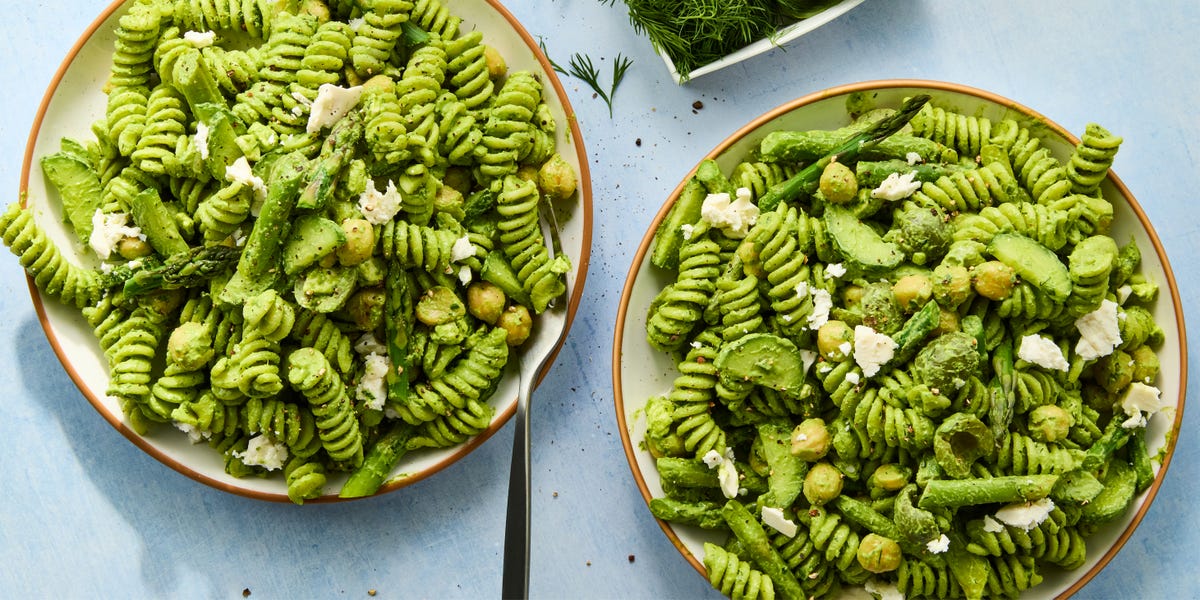


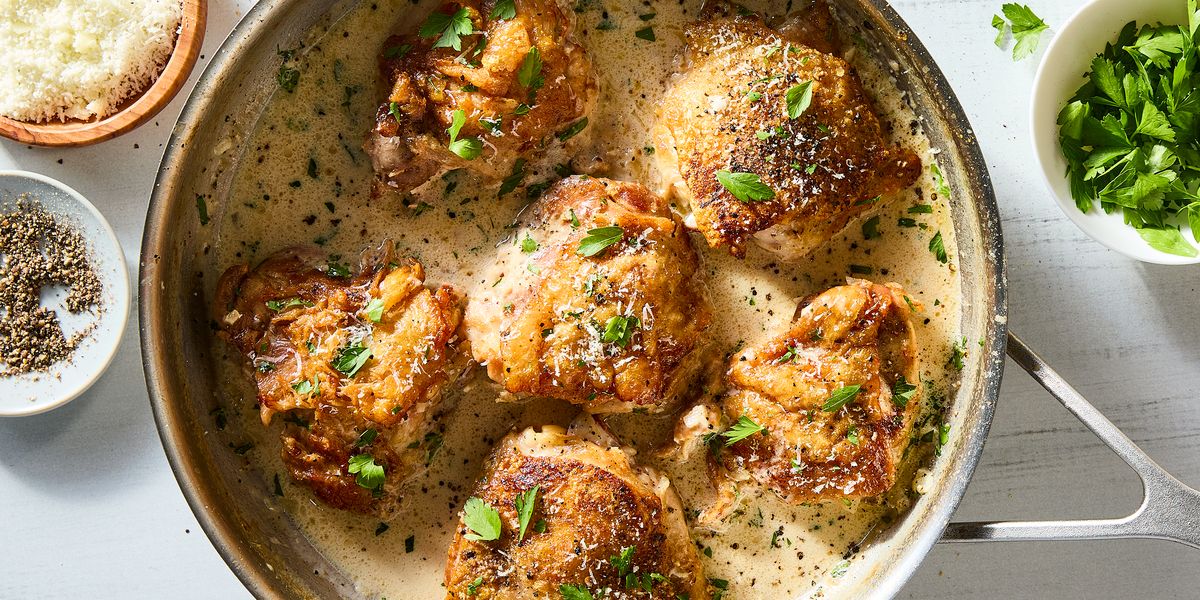

Leave a Reply